When Scottish physician and pioneer, Dr David Livingstone, set out to explore Zimbabwe back in the mid 1800s, little did he know that his footsteps would one day be followed with great zest, not by historians and anthropologists, but by zealots of the highest order – coffee aficionados.
Original letters, diaries, journals, maps, photographs, sketches and even coffee samples from the 19th century detail European coffee discovery and exploration in Africa, today carefully preserved in the archives of the Royal Geographical Society, the National Library and Museum of Scotland, Kew Gardens, as well as many more institutions across Africa.
The archives explain that Livingstone’s love of coffee originated in 1853, at Linyanti on the Zambezi River, where Chief Sekeletu gifted him coffee in order to promote commerce. The relationship remained strong for three years, and Chief Sekeletu’s men accompanied Livingstone to his first sighting of the Victoria Falls in 1856. As Livingstone and his travelling companion, Dr John Kirk, continued to explore Africa, they uncovered one of the world’s most sought-after beverages, a medium-bodied and well-balanced Zimbabwean drink, once known as the ‘darling of the world’s coffee’.
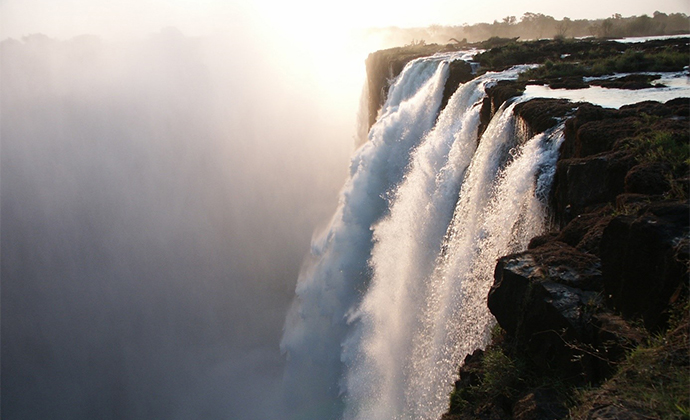
Sadly, due to political unrest and extreme agricultural reforms in the late 20th century, coffee production across the perfect mountainous region declined dramatically. In fact, Zimbabwe lost 97% of its coffee output between 1990 – when yield was at its zenith and produced at 180 family-owned farms and a handful of commercial coffee estates – and 2018, when only three commercial coffee producers remained. My family’s Arabica coffee plantation in the eastern Highlands was among those forced to close. A devastating decimation of a once-great industry.
Today, this exceptional brew remains hard to source, but Zimbabwe’s coffee industry hasn’t lost faith in its potential. Output in Zimbabwe is estimated to increase by 10% over the next year, due to an increased global demand for the country’s coffee. It is still possible to follow in Livingstone’s footsteps and discover Zimbabwe’s big six coffee regions. You can even swap the oxcart for a car.
Exploring Zimbabwe’s big six coffee regions
The eastern province of Manicaland is the home of Zimbabwe’s coffee belt, spread along the lush valleys and cool mountains of the eastern border with Mozambique. The coffee region stretches from Honde Valley to Vumba and Chipinge, where the higher, cooler and wetter areas produce top-quality coffee.
Marondera – gateway to Zimbabwe’s speciality coffee
An hour’s drive east from Harare to Marondera on the A3 Mutare Road brings you to the Coffee Academy at 274 Chicago Drive. Opened in 2016, the café offers alternative brewing methods and styles including pour over, drip, French press and more.
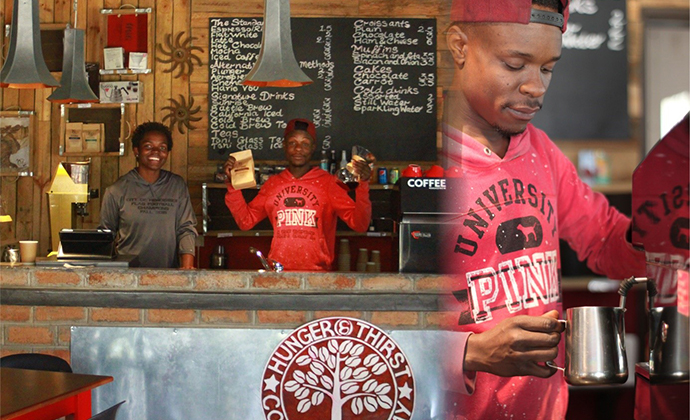
Enjoy a cup cup of local, in-house-roasted coffee from the Mushe (‘awesome’ in Shona) Coffee Company among the earthy African décor or outside in the large, enclosed sunny garden where kids play in the big wooden cubby house. Danie Grobler is the roaster behind the Coffee Academy, and his aim is to build a vibrant speciality coffee culture in Zimbabwe.
Mutarazi Falls – mile-high coffee
From Marondera, the route swings east towards Mutarazi Falls in the eastern highlands, the second-highest waterfall in Africa. Arriving at the stunning 762m-high falls, you’ll notice the Mutarazi Falls Skyline and Skywalk, one of the highest ziplines in the world, which soars above the whole vista. Here, you can take a 400m zipline over the falls, or walk across two suspension bridges (140m and 95m long). When the early morning mist clears, there are spectacular views below of Zimbabwe’s great arabica coffee district in the Honde Valley.
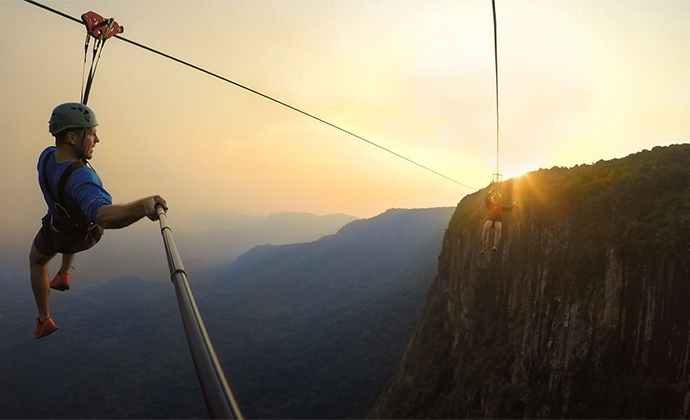
Far and Wide Zimbabwe, who built the zipline, have recently opened the SkyDeck, which serves the premium local flagship coffees, La Lucie and Farfell, roasted by boutique roasters located in the Chipinge district. Plans are underway to link the coffee machine up to a solar system at the Skywalk, so travellers can grab a fresh coffee to go and enjoy it while admiring the awe-inspiring view.
Honde Valley heartland – coffee co-operative
The third leg of your coffee journey takes you right to the heart of small-scale coffee farming – Honde Valley. Clusters of mud-brick huts huddle among coffee bushes, maize, vegetables, poultry, cattle and oxen on tiny 1–2ha family farms. It’s a hive of rural activity and even the extremely rare but playful samango monkeys make an occasional appearance.
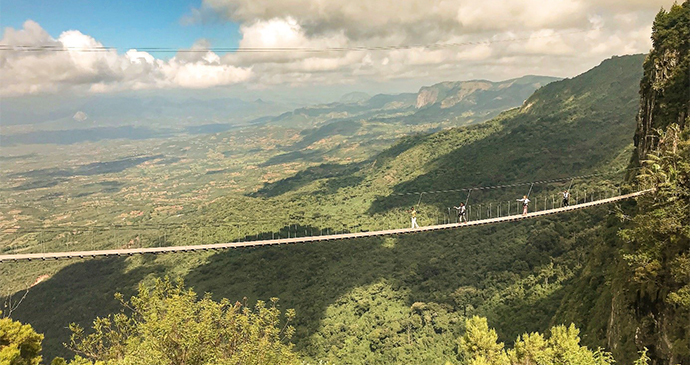
The nearby district town of Hauna is the home of the Honde Valley Coffee Co-operative, which has been promoting and building Zimbabwe’s coffee industry since the 1990s. Once over 3,000-strong and producing about 700 tonnes of green bean a year, the co-operative is today made up of 450 smallholder coffee farmers who process their beans of around 20 tonnes to send to the coffee mill or sell directly to coffee traders.
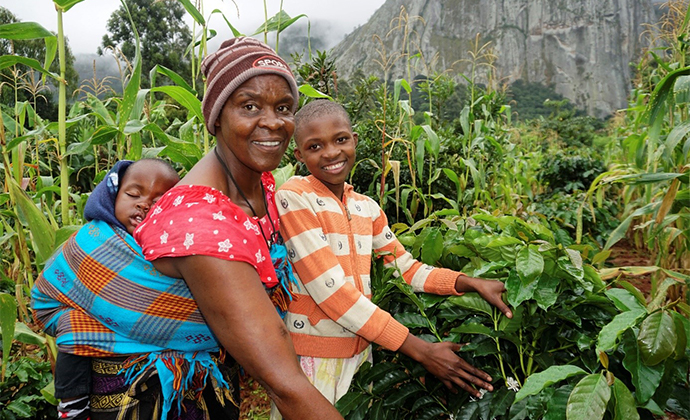
It was also here in the early 1990s that the Zimbabwe Coffee Growers Association and coffee farmers like my father formed an outreach program for smallholder coffee farmers in the Honde Valley. The small-scale farmers needed help to improve the quality and consistency of their coffee systems, so the association offered practical demonstrations of good agricultural methods that make up the foundation of Zimbabwe’s coffee industry today. Since 2010, numerous government programs and aid agency projects have continued to support the industry in the Honde Valley, and the co-operative is now backed by the international not-for-profit, Technoserve, which provides training in sustainable growing techniques to increase quality and productivity. They currently produce 20 tonnes of high-quality arabica coffee annually.
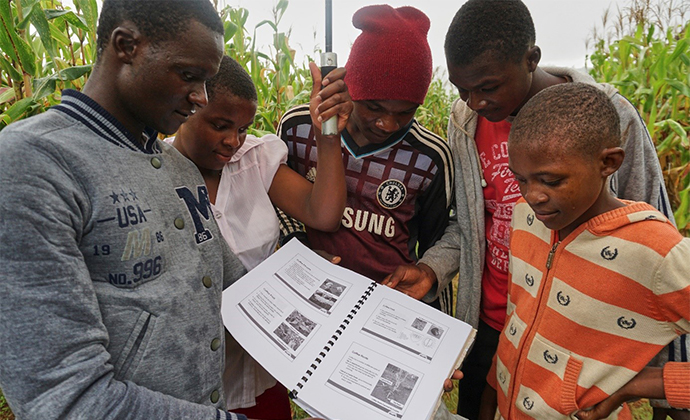
We recommend an overnight stay at one of the region’s best-kept secrets, Aberfoyle Lodge, located 65km from the Honde turn-off on the Juliasdale-Mutare Road. Here, you can wake up to African bird calls and the bubbling of the Nyamkombe River, plus, of course, a locally roasted cuppa from either La Lucie Coffee Company or Farfell Estate Coffee – both of which are very hard to find outside Zimbabwe. After breakfast, it’s time to tour the tea and coffee gardens. From September to November, the coffee fields are full of delicate white blossom, while from June to September is harvest time, with brightly dressed women in sarongs, beside men and children, out on the plantations picking and processing the bright-red coffee berries.
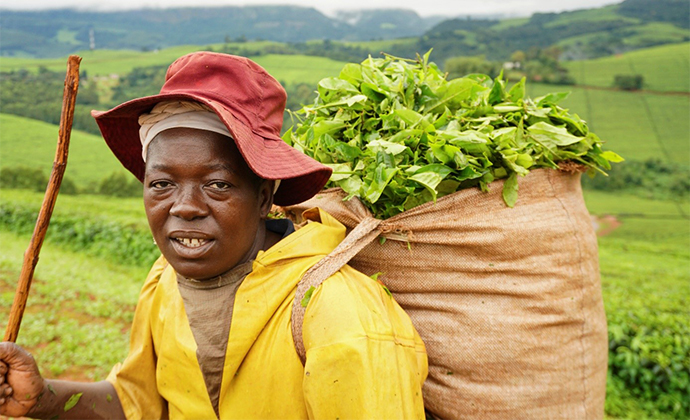
The berries are usually wet processed, using water to remove the skin from the bean. After sorting and pulping the bean, the remaining parchment coffee is dried in the sun for five to eight days, before the ‘silver skin’ can be removed, producing the green bean ready for roasting. Growing up among coffee bushes, a highlight for me of harvesting season was picking the red coffee cherry. Inside this beautifully vibrant crimson fruit is a sweet, sticky pulp layer that tastes like an incredible mix of fruits. Indeed, in the 19th century Africans enjoyed their coffee fix by chewing the red cherries straight from the bush, something that is still popular among the farmers today in the eastern highlands – try it for yourself.
The Vumba – coffee in the mist
The fourth chapter of your coffee expedition takes you from the Honde Valley to the Vumba, passing through the eastern highlands’ capital, Mutare. The Vumba, which means ‘Mountains of the Mist’ (bvumba is the Shona name for mist), is renowned for its superior arabica coffee, owing to its wonderful aroma and taste. Drive through the flaming red msasa trees of Mutare to the lush mountains of Vumba and enjoy one of the world’s most elegant coffee experiences at Tony’s Coffee Shop.
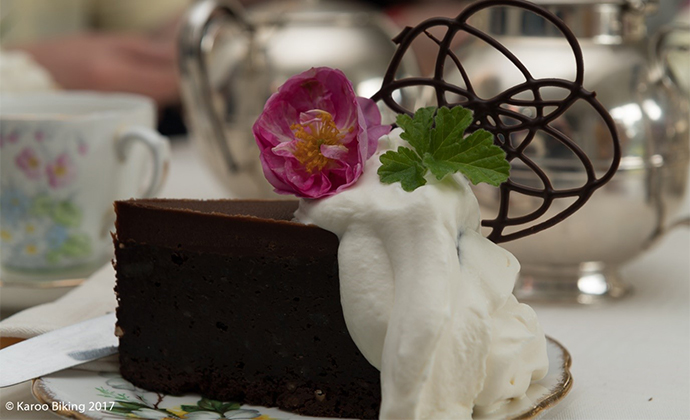
Although modest in name and size, this little café is an oasis for coffee, where its preparation has been crafted into an art form. Serving superb coffee from the Mushe Coffee Company, made with mountain water from their well, owner and barista Tony spares no effort to ensure that your coffee experience is unforgettable. Sit by the open fire and enjoy a perfectly paired gateaux to accompany your coffee, whether it is the delightfully light and fluffy Austrian coffee cake, wickedly intense chocolate whisky cake or the smooth and delectable white chocolate cheesecake.
Just a stone’s throw from Tony’s Coffee Shop is the Leopard Rock Hotel, where you can try the locally produced and exceptional Vumba Leopard Forest Coffee from Crake Valley Farm. The name is inspired by the popular Shona belief that animals can transform into human beings (and vice-versa), the transformation into a leopard being the favourite trick of the most wicked kind of witch.
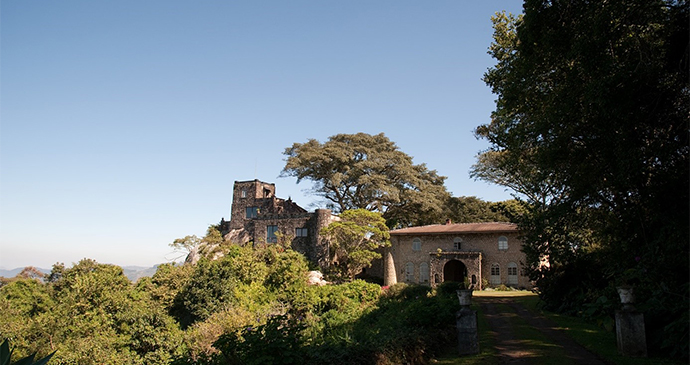
One of the few remaining family-owned farms, Crake Valley itself has conserved and sustainably managed its unique farming land over two generations, deservedly receiving the Innovative Farm Management award from the Zimbabwe Coffee Growers Association in 2012, as well as other top awards for their beans from the Eastern African Fine Coffees Association.
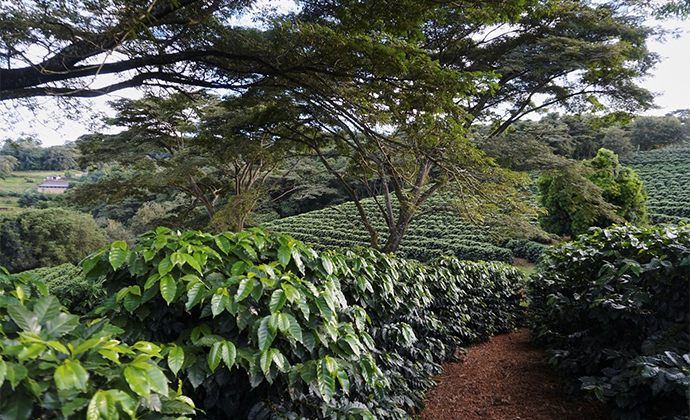
The farm is enviably surrounded by evergreen forest, streams, waterfalls and dams and the higher altitude, with its cooler and wetter climate, produces ultra-high-quality arabica coffee. The beans are selectively picked, fermented and slowly sundried, creating its signature smooth, earthy, chocolatey flavour, with citrus overtones. Crake Valley Coffee is also served at some of Harare’s best cafés, including Delicious, Café Nush, Freshly Ground Coffee Bar, ZimBarista coffee bars and the centrally located Monomatapa Hotel.
Chipinge – Zimbabwe’s original home-grown coffee
The fifth leg of the expedition takes you to the prime coffee-growing region of Chipinge in Zimbabwe’s southeastern highlands, close to the Mozambique border. Home to the first coffee grown in Zimbabwe in the 18th century, Chipinge sits 1,200m above sea level and enjoys deep, rich and fertile soils, moderate temperatures and plentiful rain – the perfect coffee-growing environment.
It is also here that Zimbabwe’s Coffee Growers Association was first started in the 1970s. Created by another local family, the Fennell brothers, who shared knowledge and innovations from their farming days in south Asia, the association’s purpose is to conduct and communicate research on good agricultural practices, encouraging its members to embrace technical and agricultural changes that help their coffee become highly respected on the world market for its consistency and dependable quality.
Zimbabwean coffee farmers went on to introduce their own ideas and innovations to the world stage and, despite setbacks from severe frosts, droughts and political unrest over the years, coffee producers and roasters are still looking towards the potential of a bright future.
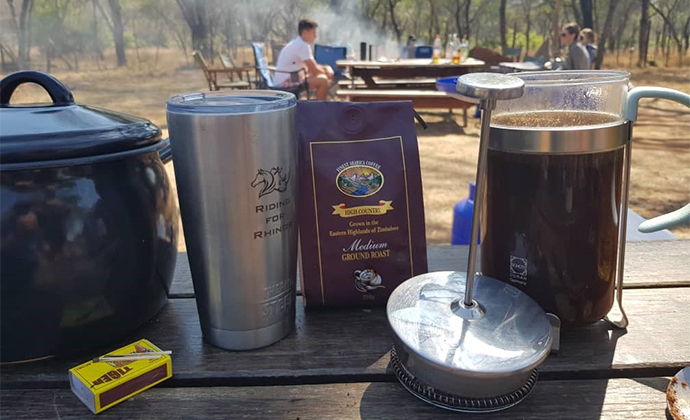
Overlooking Mount Selinda sit Chipinge’s two commercial coffee producers, Farfell Coffee Farm and Tanganda Tea Company. Tanganda dates back to 1910 and to most Zimbabweans, the name is synonymous with tea, yet the company produces almost half of Zimbabwe’s arabica coffee on just 134ha of land, a drastic drop from the 1,000ha it used to own two decades ago.
Final chapter – coffee with thunder
The final chapter of the coffee journey returns us to Livingstone’s special spot on the Zambezi and Mosi-oa Tunya. Getting there means crossing one of Zimbabwe’s most famous landmarks, the Birchenough Bridge. Designed by Ralph Freeman, it sits on the Save River about 20km northwest of Chipinge, en route to incredible Victoria Falls.
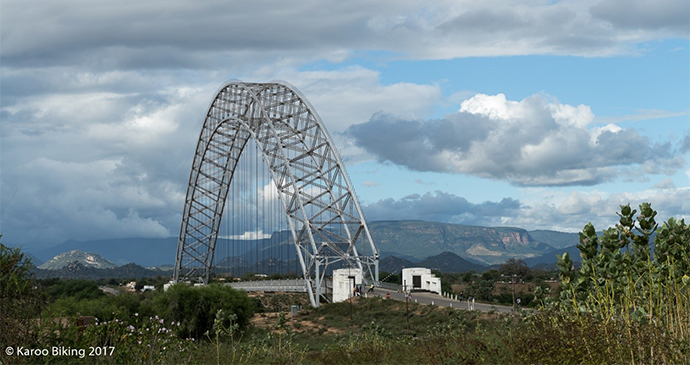
The Victoria Falls tourist coffee buzz starts early with sunrise over the spectacular spray rising above the falls in Mosi-oa Tunya. See the first sunlight of the day over the treetops from luxurious Shongwe Lodge or vibrant Dusty Road, a traditional restaurant in the heart of Chinotimba, with a cup of delicious Mushe coffee in hand, of course.
The day’s activities depend on your level of adventurousness but by dusk should include an espresso martini at the Wild Horizons Look Out Café (re-opening in December 2019) while the sun sets over Zimbabwe’s most iconic natural landmark. In early 2020, the Mushe Coffee Company will be relocating to Victoria Falls to launch coffee cupping and roasting sessions alongside a new generation of baristas being trained for the growing tourist market. The best of Zimbabwe’s wonderful coffee is right at its source. I’m sure Livingstone would agree.
Nicole Motteux was born in South Africa before moving to Zimbabwe aged three. Her father was a pioneer farmer in Zimbabwe’s specialty coffee industry, including receiving the National Coffee Grower of the Year Award in 1981. Nicole studied and worked with her father until September 2019 when he sadly passed away. Thanks also go to Lilani Goonesena, an SEO copywriter, content and web designer and communication strategist, for her input.
Discover more of Zimbabwe’s highlights in our new guide:
